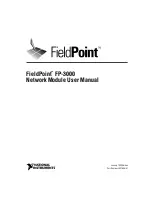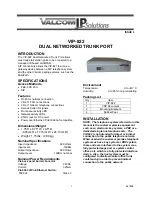
Configuration
D-Link Web Smart Switch User Manual
2
2
8
8
Figure 4.25 – System > Power Saving
Advanced Power Saving Settings:
Type:
Specifies the Power Saving type to be
LED Shut-off
,
Port Shut-off
,
Port Standby
or
System
Hibernation
.
LED Shut-off -
The LED Shut-off gets high priority. If the user select LED Shut-off, the profile
function will not take effect. It means when the
State
is
Disabled
, the LED cannot be turned on after
Time Profile time is up. On the contrary, if the LED is enabled, the Time Profile function will work.
Port Shut-off -
The Port Shut-off state has high priority (the priority rule is the same as LED.)
Therefore, if the Port Shut-off sate is already disabled, the Time Profile function will not take effect.
Port Standby -
The system changes to standby state and wait for a wake up event. Each port on the
system enters sleep state by schedule.
System Hibernation -
In this mode, switches get most power-saving figures since main chipsets
(both MAC and PHY) are disabled for all ports, and energy required to power the CPU is minimal.
State:
Specifies the power saving state to be
Enabled
or
Disabled
.
Time Profile 1:
Specifies the time profile or None.
Time Profile 2:
Specifies the time profile or None.
Port:
Select the ports to be configure of the Power Saving.
Click
Select All
configure all ports, or click
Clear
to uncheck all port. Then click
Apply
to implement the
changes made.
The IEEE 802.3 EEE standard defines mechanisms and protocols intended to reduce the energy
consumption of network links during periods of low utilization, by transitioning interfaces into a low-power
state without interrupting the network connection. The transmitted and received sides should be
IEEE802.3az EEE compliance. By default, the 802.3az EEE function is
Disabled
.
System > IEEE802.3az EEE Settings
















































